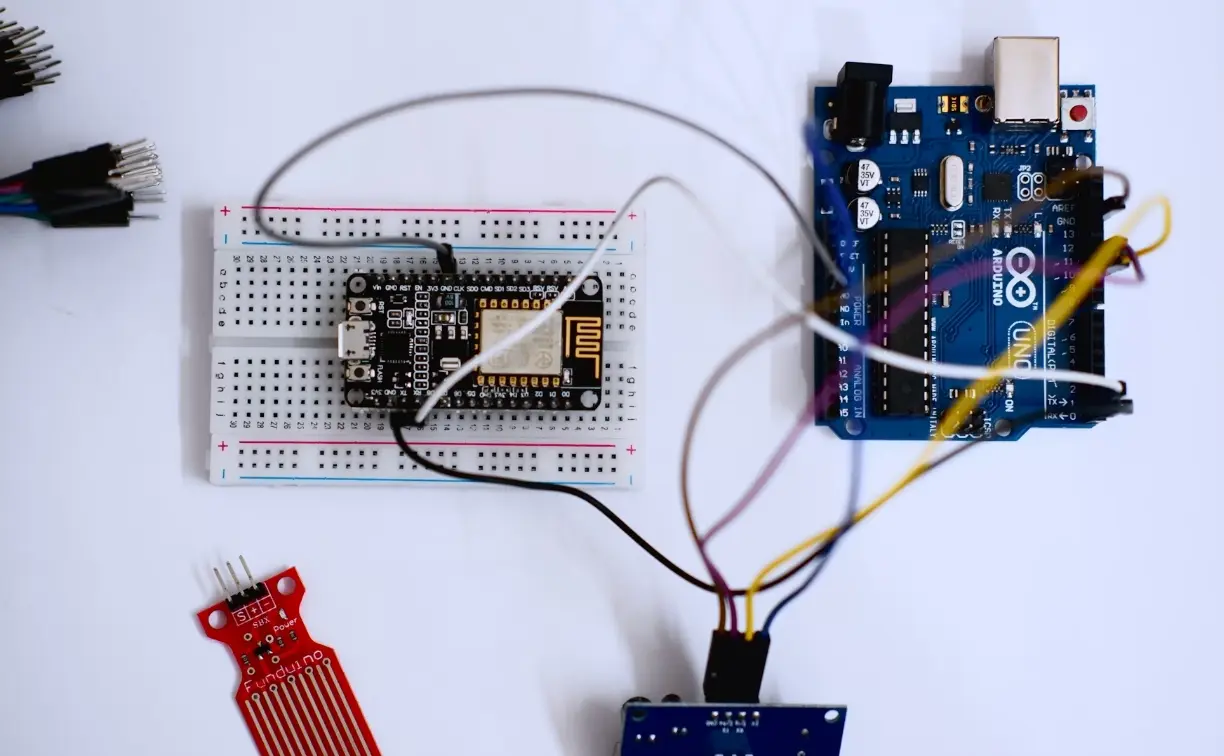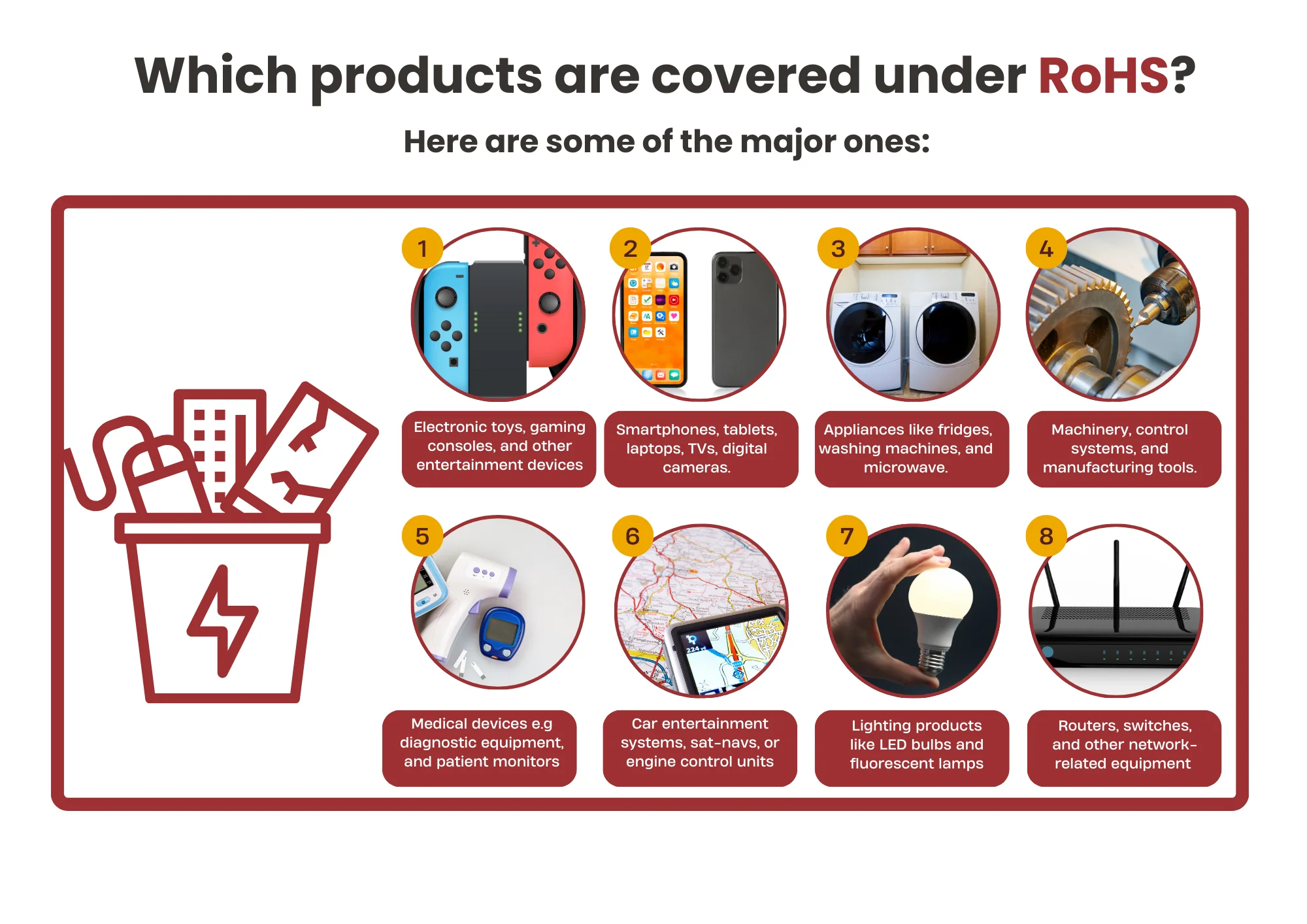
Toxicological Risk Assessment of Medical Devices
The global medical device industry has been continuously growing, with a promising outlook. Forecasts indicate that the global medical device market will reach $766.7 billion by 2025, with the Asia-Pacific region accounting for $209.1 billion by 2025.
As a special category of product, the safety and effectiveness of medical devices are critical to ensuring human health and life safety. Regulatory oversight of medical devices began early on an international level. The United States established a classification system for medical devices by law in 1976. The European Union issued three medical device directives between 1990 and 1998 and introduced the Medical Device Regulation (MDR) in 2017, standardizing medical device regulation across the EU.
With the accumulation of experience in medical device regulation, today, regulatory systems worldwide emphasize "lifespan" management of medical devices. Before conducting clinical trials, medical device products must undergo various tests to demonstrate their safety and effectiveness, including packaging material testing, biological evaluations, electrical safety testing, and more.

Biological Evaluation
ISO 10993 and ISO 18562 both require biological evaluations during the risk management process and emphasize that biological evaluation should be conducted throughout the lifecycle of the medical device. The former primarily applies to medical devices that come into direct or indirect contact with the body. Since some medical devices include respiratory pathways, which involve different forms of contact with the human body compared to non-respiratory devices, ISO introduced the latter to guide the biological compatibility evaluation process for respiratory-related devices.
The two series of standards stress the identification of potential hazards based on the product type and an assessment of existing information to determine the necessity and extent of biological evaluation. Specifically, the process begins with the physicochemical characterization of materials, followed by toxicological risk assessments based on the characterization results (such as leachables or extractables from medical devices or materials), which determines the necessary biological tests before the evaluation is completed.
It is evident that chemical characterization and toxicological risk assessments provide scientific foundations for the design and manufacture of medical devices. They also reduce the need for animal testing in biological evaluations, thus cutting costs and accelerating product development and registration processes. However, this also requires higher qualifications and experience for the professionals involved.
ISO 10993-17 Toxicological Risk Assessment
After completing chemical characterization tests (ISO 10993-18), medical devices must adhere to the methods and principles outlined in ISO 10993-17 Biological Evaluation of Medical Devices – Part 17: Toxicological Risk Assessment of Medical Device Constituents.
This standard was updated in September 2023, with significant changes compared to the first edition published in 2002. The updated version further emphasizes the importance of toxicological risk assessment in biological evaluation. It provides more specific guidance for assessment methods and introduces several new concepts, such as TQmax (total quantity maximum), TSL (toxicological screening limit), and EED (estimated exposure dose).
- TQ (Total Quantity) and TSL (Toxicological Screening Limit)
The concept of TQmax takes into account the risks associated with long-term or repeated use of medical devices. It requires a conservative calculation of the cumulative exposure of each detected substance based on the device’s usage patterns and frequency, starting from the chemical characterization results.
The TSL concept, based on the TTC (Threshold of Toxicological Concern) value in ISO 21726 and cumulative exposure, defines two TSL values based on the duration of exposure: TSL ≤ 30 days = 120 μg, and TSL > 30 days = 600 μg. When the TQmax of a detected substance does not exceed the corresponding TSL value, the toxicological risk of that substance is considered negligible within the defined cumulative exposure time, and further calculations of MOS (Margin of Safety) are unnecessary. This approach significantly reduces the workload of toxicological evaluations and accelerates the process. If the TQmax exceeds the TSL value, further calculations of the estimated exposure and MOS are required.
- EED (Estimated Exposure Dose)
The calculation of EED is based on TQ, considering the release kinetics of the chemical components of the medical device, the device’s segmented usage duration, and the lowest body weight of individuals using the device. The exposure is calculated in μg/kg/day to ensure that the exposure amount is conservative and rigorous. Generally, chemical characterization tests assume the worst-case substance release results. For multi-time-point release kinetic test results, the standard provides corresponding formulas for EED calculation.
- Toxicological Limits
In the 2023 edition of the standard, only TI (Tolerable Intake) is retained in the toxicological limits section, removing the TE (Tolerable Exposure) and AL (Allowable Limit) concepts from the 2002 edition. It also explicitly requires deriving the corresponding TI values based on the device's usage duration (≤1 day, 2-30 days, 31-365 days, or ≥366 days).
TI values are established based on toxicological data, including repeated exposure toxicity, genotoxicity, carcinogenicity, reproductive toxicity, etc., from both human and animal studies. For substances lacking toxicological data, the corresponding TTC value may be used.
- Risk Determination Criteria
The outcome of toxicological risk assessments is determined using the MOS. When calculating MOS, the EEDmax and TI values should be used to segment the release kinetics results for each detected substance.
For example, if a device's cumulative usage time is <365 days, and the detected chemical components exceed the corresponding TSL value, the MOS must be calculated for three segments: ≤1 day, 2-30 days, and 31-365 days. If the MOS for all substances in a device is greater than 1, the toxicological risk is considered acceptable.
- ISO 18562 Series
For medical devices containing respiratory pathways, the relevant tests must be conducted following the ISO 18562 series standards. Toxicological risk assessments are also necessary for leachables in VOCs (volatile organic compounds) and condensates, where the toxicological limits (TI values) for detected substances are based on ISO 10993-17.
It is important to note that for VOC substances lacking toxicological data, the inhalation route TTC values specified in this series should be used. Based on the toxicological limits and the detected quantities, the MOS can be calculated to determine whether the device’s toxicological risk is acceptable.
Common National and International Standards for Biological Evaluation of Medical Devices
- ISO 10993-1:2018 – Biological evaluation of medical devices – Part 1: Evaluation and testing within a risk management process
- ISO 10993-17:2023 – Biological evaluation of medical devices – Part 17: Toxicological risk assessment of medical device constituents
- ISO 10993-18:2020 – Biological evaluation of medical devices – Part 18: Chemical characterization of medical device materials within a risk management process
- ISO 18562-1:2024 – Biocompatibility evaluation of breathing gas pathways in healthcare applications – Part 1: Evaluation and testing within a risk management process
- ISO 18562-2:2024 – Biocompatibility evaluation of breathing gas pathways in healthcare applications – Part 2: Tests for emissions of particulate matter
- ISO 18562-3:2024 – Biocompatibility evaluation of breathing gas pathways in healthcare applications – Part 3: Tests for emissions of volatile organic substances
- ISO 18562-4:2024 – Biocompatibility evaluation of breathing gas pathways in healthcare applications – Part 4: Tests for leachables in condensate
- GB/T 16886.1-2022 – Biological evaluation of medical devices – Part 1: Evaluation and testing within a risk management process
Email:hello@jjrlab.com
Write your message here and send it to us
 What is the IEC 60598 Standard?
What is the IEC 60598 Standard?
 What is the Canada IC Logo?
What is the Canada IC Logo?
 EMC Pre Compliance Testing
EMC Pre Compliance Testing
 PAHs Testing (Food and Textile)
PAHs Testing (Food and Textile)
 Where to Apply for the EU RoHS Test Report?
Where to Apply for the EU RoHS Test Report?
 Children’s Products and Toy Testing
Children’s Products and Toy Testing
 What is a GB 31701 Test Report?
What is a GB 31701 Test Report?
 UN 38.3 Transportation Test
UN 38.3 Transportation Test
Leave us a message
24-hour online customer service at any time to respond, so that you worry!




